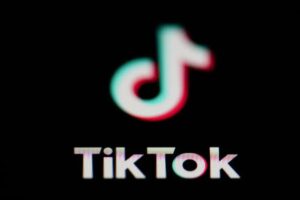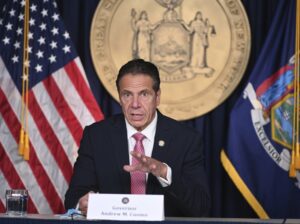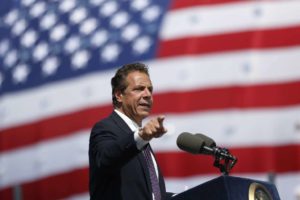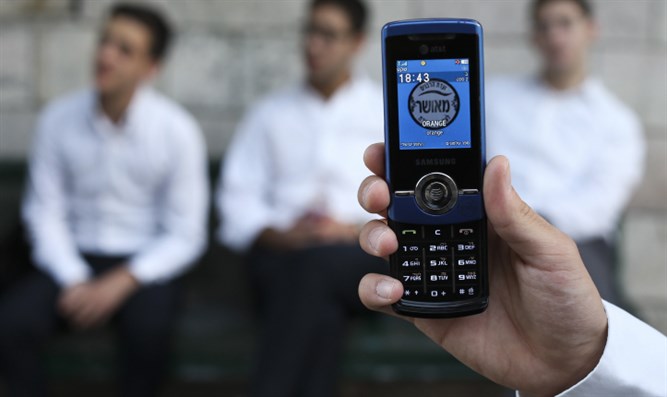About 1 in 3 Americans say they definitely or probably won’t get the COVID-19 vaccine, according to a new poll that some experts say is discouraging news if the U.S. hopes to achieve herd immunity and vanquish the outbreak. The poll from The Associated Press-NORC Center for Public Affairs Research found that while 67% of Americans plan to get vaccinated or have already done so, 15% are certain they won’t and 17% say probably not. Many expressed doubts about the vaccine’s safety and effectiveness. The poll suggests that substantial skepticism persists more than a month and a half into a U.S. vaccination drive that has encountered few if any serious side effects. Resistance was found to run higher among younger people, people without college degrees, Black Americans and Republicans. Dr. Anthony Fauci, the government’s leading infectious-disease scientist, has estimated that somewhere between 70% and 85% of the U.S. population needs to get inoculated to stop the scourge that has killed close to 470,000 Americans. More recently, he said the spread of more contagious variants of the virus increases the need for more people to get their shots — and quickly. So is 67% of Americans enough? “No. No, no, no, no,” said William Hanage, a Harvard University expert on disease dynamics. He added: “You’re going to need to get quite large proportions of the population vaccinated before you see a real effect.” Nearly 33 million Americans, or about 10% of the population, have received at least one dose, and 9.8 million have been fully vaccinated, according to the Centers of Disease Control and Prevention. The poll of 1,055 adults, taken Jan. 28 through Feb. 1, provides insight into the skepticism. Of those who said they definitely will not get the vaccine, 65% cited worries about side effects, despite the shots’ safety record over the past months. About the same percentage said they don’t trust COVID-19 vaccines. And 38% said they don’t believe they need a vaccine, with a similar share saying that they don’t know if a COVID-19 vaccine will work and that they don’t trust the government. Of those who probably will not get the vaccine but have not ruled it out completely, 63% said they are waiting to see if it is safe, and 60% said they are concerned about possible side effects. “I don’t trust pharmaceuticals. I really don’t. And it doesn’t sound like it’s going to be safe,” said Debra Nanez, a 67-year-old retired nurse from Tucson, Arizona. Nanez said she has gotten flu and pneumonia shots but is concerned about rumors about what’s in the coronavirus vaccine, and her friends have the same hesitation. “It would take a while for me to do research on it to make sure it’s safe. I just don’t want to take anything that’s going to harm me,” she said. Baron Walker, a 42-year-old laid-off insulation installer from Parkersburg, West Virginia, said he is in the “probably not” column, at least for now. He said that if he were elderly, or lived in a densely populated area, he might consider the vaccine more strongly. But he is in rural part of the country, he has been wearing a mask and social-distancing, and he feels there is a good chance the nation will achieve herd immunity, he said. “I feel like




















